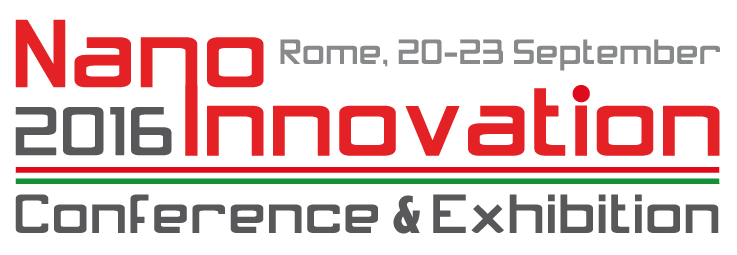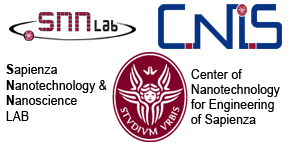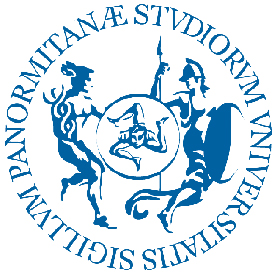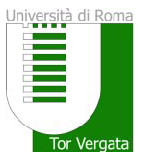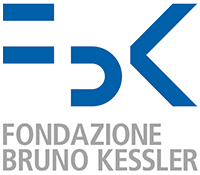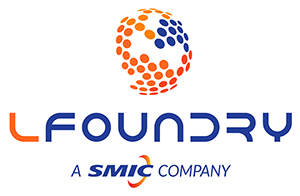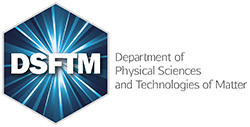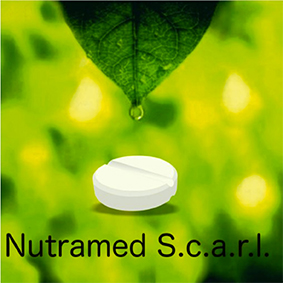TS.VI.D.5
Design of novel magnetic nanostructures for targeted tumor therapy @ MagBioVin Project
Erzsébet ILLÉS, Vinča Institute of Nuclear Sciences, Belgrade, SERBIA
We present here some recent research advancements and opportunities within the FP7-ERA Chairs MagBioVin project. The project aims to design various novel magnetic nanoarchitectures (e.g. bimagnetic and polymeric core-shell systems, nanoparticles embedded in mesoporous silica and radiolabeled nanostructures) for application in targeted treatment and diagnostics of cancer. The magnetic core of these nanomaterials allows the selective treatment of tumor tissues (i.e. targeted drug-delivery, localized magnetic hyperthermia) by magnetic field. Attachment of radionuclides (e.g. 90Y, 99mTc, 134I) to the nanoparticles opens the possibilities for imaging and internal radiotherapy.
Magnetic nanoparticles (MNPs), i.e. iron oxides and spinel ferrites, were synthesized by different methods (normal and reverse coprecipitation, thermal decomposition, etc.) and are coated by several compounds (e.g. citrate, oleate, polymers, silica, BSA) to increase their colloid stability and biocompatibility. The composition and morphology of the nanomaterials is characterized by XRD, TEM imaging and infrared spectroscopy. Magnetic properties of the naked and coated MNPs were studied by SQUID magnetometry and Mössbauer spectroscopy.
Magnetic hyperthermia effects were monitored by DM100 device equipped with DM1, 2 and 3 applicators (nB nanoScale Biomagnetics). This unique setup allows us to monitor the heating efficiency development not only in small volumes of ferrofluids (DM1), but also in cell cultures (DM2) and little animals (e.g. mice, rats) (DM3) as well. The measurements were performed first in ferrofluid samples at seven different frequencies between 250 and 810 kHz and at field strengths from 50 up to 300 Gauss. The obtained SAR values were strongly influenced by the magnetic core's composition and the size of the core-shell nanoparticles. The heating efficiency of some coated nanoparticles was tested in animal model as well, the ferrofluid was injected under the skin of a tumour bearing mouse and the produced heat was monitored by infrared camera at 234 kHz and at 200 Gauss.
The preliminary results showed that the nanoparticles can be successfully labelled with 90Y and 99mTc as well. The drug loading and release properties of MNPs are studied by HPLC using doxorubicin as the drug. In vitro and in vivo (animal model) applicability of the synthesized nanomaterials regarding toxicity, biodistribution and anti-cancer efficacy is explored for targeted cancer treatment.
Back to TS.VI.D
